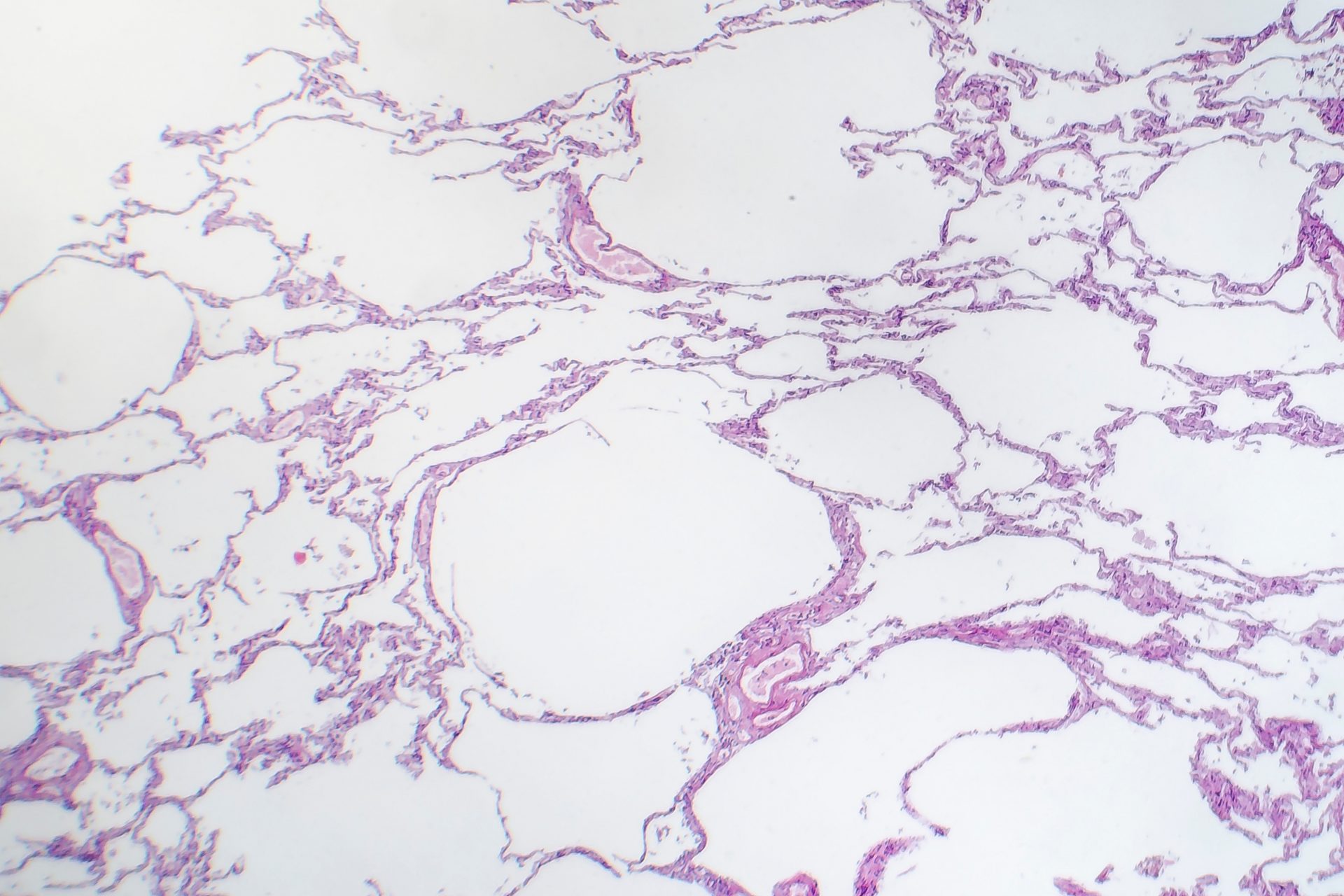Diagnoses
Pneumothorax usually occurs suddenly and causes breathlessness as the lung deflates. There might also be chest pain. It can be associated with many forms of lung disease, or by trauma (eg rib fracture), or it might arise without an obvious cause – particularly in young tall thin males. Rarely, it can be associated with some genetic conditions.
Treatment might not be required but a follow up chest x-ray would be needed. Sometimes a tube (a chest drain) needs to be inserted into the pleural air space under local anaesthetic to let the air out and allow the lung to re-inflate. Pneumothorax can be recurring in some people in which case treatment called pleurodesis can stop it happening. Pleurodesis is often carried out by a lung surgeon under general anaesthetic and aims to stick the two pleural layers together and then the space between them does not exist.
Pleural effusion can also cause breathlessness as fluid takes up the space between the pleural layers in the chest and prevents the lung expanding fully. The fluid gathers gradually and so breathlessness is not sudden. There are many possible causes including association with other medical conditions, inflammatory processes, infections and pneumonias, pulmonary embolism and more. It can also be associated with cancers.
Investigation is necessary if the cause is not obvious. The investigations can include blood tests, ultrasound, CT scans, and sampling the fluid itself with a simple needle and syringe. Sometimes a surgical exploration of the pleura using a “telescope” called thoracoscopy is needed.


